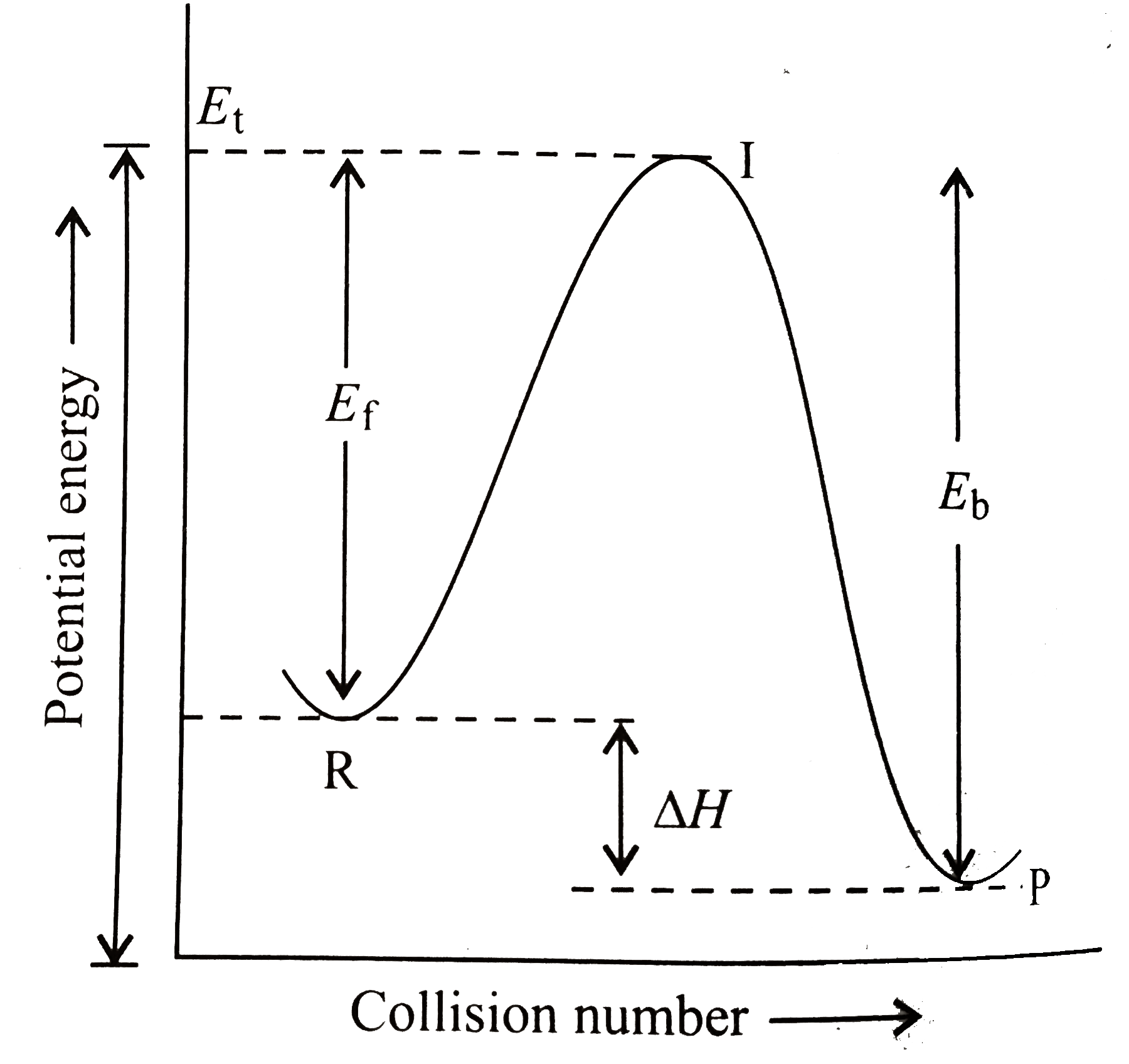The Threshold energy is given as E0 and radiation of energy E falls on metal then K.E is given as
(a) E−E02
(b) E−E0
(c) E0−E
(d) EE0
The correct Answer is:B
Step by step video & image solution for The Threshold energy is given as E_(0) and radiation of energy E falls on metal then K.E is given as by Chemistry experts to help you in doubts & scoring excellent marks in Class 12 exams.
Updated on:21/07/2023Topper's Solved these Questions
- STRUCTURE OF ATOMBOOK - AAKASH INSTITUTE ENGLISHCHAPTER - STRUCTURE OF ATOMEXERCISE - ASSIGNMENT (SECTION -B) Objective type questions
34 Videos
- STRUCTURE OF ATOMBOOK - AAKASH INSTITUTE ENGLISHCHAPTER - STRUCTURE OF ATOMEXERCISE - ASSIGNMENT (SECTION -C) Previous Years Questions
47 Videos
- STRUCTURE OF ATOMBOOK - AAKASH INSTITUTE ENGLISHCHAPTER - STRUCTURE OF ATOMEXERCISE - EXERCISE
40 Videos
- STATES OF MATTERBOOK - AAKASH INSTITUTE ENGLISHCHAPTER - STATES OF MATTEREXERCISE - ASSIGNMENT (SECTION-D)
14 Videos
- STRUCTURE OF ATOM BOOK - AAKASH INSTITUTE ENGLISHCHAPTER - STRUCTURE OF ATOM EXERCISE - ASSIGNMENT ( SECTION -J) Aakash Challengers Questions
12 Videos
Similar Questions
Knowledge Check
Let E=−1me48ε20n2h2 be the energy of the nth level of H-atom state and radiation of frequency (E2−E1)/h falls on it ,
Ait will not be absorbed at allBsome of atoms will move to the first excited stateCall atoms will be excited to the n=2 stateDall atoms will make a transition to the n=3 state
At a temperature of 0K, the total energy of a gaseous diatomic molecule AB is approximately given by:
E=Eo+Evib
where Eo is the electronic energy of the ground state, and Evib is the vibrational energy.
Allowed values of the vibrational energies are given by the expression:
Evid=(v−12)ε v=0,1,2,....... ε=h2π√kμ μ(AB)=mAmBmA+mB
where h is the planck's constant, is the vibration quantum number, k is the force constant, and is the reduced mass of the molecule. At 0K, it may be safely assumed that is zero, and Eo and k are independent of isotopic substitution in the molecule.
Deuterium, D, is an isotope of hydrogen atom with mass number 2. For the H2 molecule, k is 575.11Nm−1, and the isotopic molar masses of H and D are 1.0078 and 2.0141gmol−1, respectively.
At a temperature of 0K:εH2=1.1546εHD and εD2=0.8167εHD
Calculate––––––––––– the electron affinity, EA, of H+2 ion in eV if its dissociation energy is 2.650eV. If you have been unable to calculate the value for the dissociation energy of H2 then use 4.500eV for the calculate.
View SolutionAt a temperature of 0K, the total energy of a gaseous diatomic molecule AB is approximately given by:
E=Eo+Evib
where Eo is the electronic energy of the ground state, and Evib is the vibrational energy.
Allowed values of the vibrational energies are given by the expression:
Evid=(v−12)ε v=0,1,2,....... ε=h2π√kμ μ(AB)=mAmBmA+mB
where h is the planck's constant, is the vibration quantum number, k is the force constant, and is the reduced mass of the molecule. At 0K, it may be safely assumed that is zero, and Eo and k are independent of isotopic substitution in the molecule.
Deuterium, D, is an isotope of hydrogen atom with mass number 2. For the H2 molecule, k is 575.11Nm−1, and the isotopic molar masses of H and D are 1.0078 and 2.0141gmol−1, respectively.
At a temperature of 0K:εH2=1.1546εHD and εD2=0.8167εHD
Calculate––––––––––– the dissociation energy, ΔE, in eV of a hydrogen molecule in its ground state such that both H atoms are produced in their ground states.
View SolutionLet E=−1me48ε20n2h2 be the energy of the nth level of H-atom state and radiation of frequency (E2−E1)/h falls on it ,
View SolutionAssertion Total internal energy of oxygen gas at a given temperature is E of this energy 35 E is rotational kinetic energy.
Reason Potantial energy of an ideal gas is zero.
View SolutionA colliison between reactant molecules must occur with a certain minimum energy before it is effective in yielding Product molecules. This minimum energy is called activation energy Ea Large the value of activation energy, smaller the value of rate constant k. Larger is the value of activation energy, greater is the effect of temperature rise on rate constant k.

Ef= Activation energy of forward reaction
Eb= Activation energy of backward reaction
ΔH=Ef−Eb
Ef= threshold energy
The rate constant of a certain reaction is given by k=Ae−Ea/RT
(where A= Arrhenius constant). Which factor should be lowered so that the rate of reaction may increase?
View SolutionArrhenius equation k=Ae−Ea/RT If the activation energy of the reaction is found to be equal to RT, then [given : 1e=0.3679]
View SolutionAn atom consists of theree energy levels given by a ground state with energy E0=0, the first excited state with energy E1=K and the second excited state with energy E2=2K where K>0. The atom is initially in the ground state. Light from a laser which emits photons with energy 1.5K is shined on the atom. Which of the following is/are correct?
View Solution
